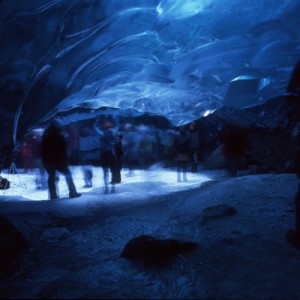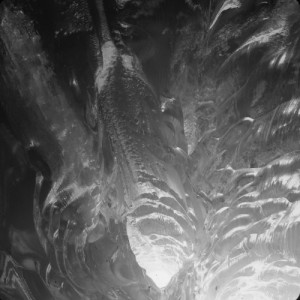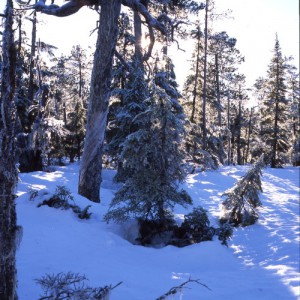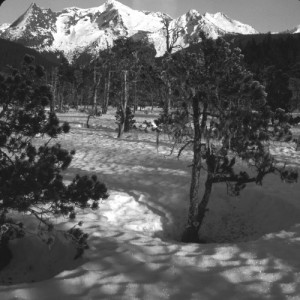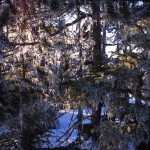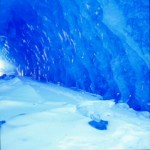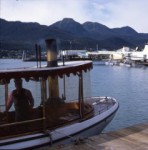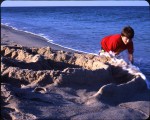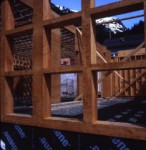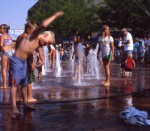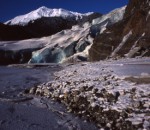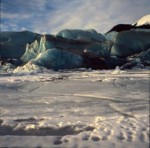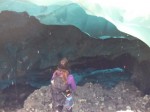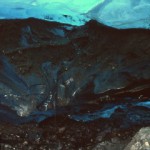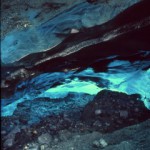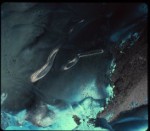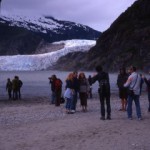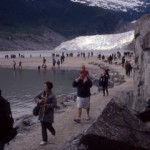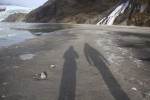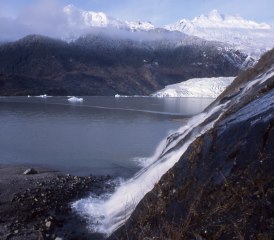The Spaulding Meadows are popular all year round. These are not meadows with cultivated hay fields. These are meadows in the second sense of the word, being areas of grass and flowers near the treeline. In the winter, they are very popular ski destinations, but the snowfall was so scant this year that there was virtually no skiing at all. They will often have snow in them until May, but by February 2015, the snow was gone. The images in this set are from a pair of trips I made to try to capture the combination of snow-free meadows and low-angle light.
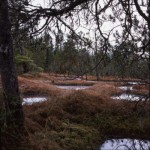 Spaulding Ponds
Spaulding Ponds
The ponds and pools in the meadows were still solid enough to walk across, so it made for very easy access to all corners of this space. I nestled in under a couple of trees to try to capture the frosty glint on the branch tips. I provided a little bit of fill-flash in an attempt to brighten the gloom under the trees.
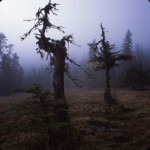 Two Towers
Two Towers
Despite the level of the clouds, I think you can gauge the height of the sun. This was about noon, so you can see that the sun doesn’t get very high in Juneau in the winter. I think this image effectively contains infinity without containing a horizon. This is a very common condition in Southeast Alaska. The weather is very close and we are often hiking in the clouds at less than 1,000 of elevation. This image was made at about 800‘ with my TL120-55.
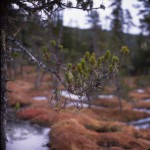 Spaulding Close Up
Spaulding Close Up
While enjoying a cup of tea and taking in my surroundings, I found myself staring at a tree. My attention was drawn to a low-lone branch. And further drawn to the tufts of needles on a twig on that branch. And here it is. I would have liked to close in on a single tuft, but the TL120-1 can’t focus closely enough.
